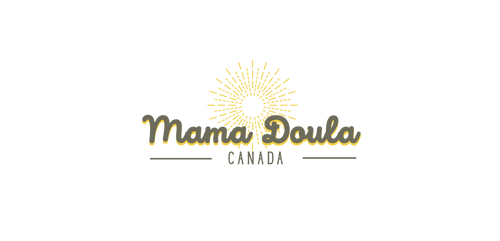O corpo da gestante e o posicionamento do bebê são vitais no processo de parto. Entender como esses fatores podem afetar os resultados do parto é essencial para futuros pais. Este post explorará a relação simples, porém significativa, entre o corpo da gestante e o posicionamento do bebê, e como isso pode influenciar a experiência e os resultados do parto.
Posicionamento do corpo materno:
A posição da gestante durante o trabalho de parto e o parto pode impactar o progresso e o conforto do processo de parto. Algumas posições, como em pé, caminhando ou agachada, podem auxiliar no movimento descendente do bebê pelo canal do parto. Posições eretas também podem aumentar a eficácia das contrações e otimizar a abertura pélvica, promovendo uma experiência de parto mais suave. Por outro lado, deitar-se de costas (posição supina) pode dificultar o progresso natural do trabalho de parto e tornar mais difícil para o bebê navegar pela pélvis.
Posicionamento do bebê:
O posicionamento do bebê no útero pode afetar significativamente os resultados do parto. A posição ideal para o parto é com a cabeça do bebê para baixo, voltada para as costas da mãe (posição occipital anterior). Essa posição permite que a menor circunferência da cabeça do bebê se alinhe com o maior diâmetro da pélvis da mãe, facilitando a passagem pelo canal do parto. Em contraste, quando o bebê está em uma posição menos favorável, isso pode levar a uma experiência de parto mais complexa.
Impactos na progressão do nascimento:
O posicionamento ideal do bebê no útero e o alinhamento corporal da gestante podem influenciar positivamente a progressão do trabalho de parto. Um bebê bem alinhado consegue encaixar a pélvis com mais facilidade e descer pelo canal de parto em tempo hábil. Esse alinhamento facilita contrações eficientes e minimiza o risco de trabalho de parto prolongado ou intervenções. Por outro lado, o posicionamento desfavorável do bebê ou o desalinhamento corporal materno podem prolongar o trabalho de parto, aumentar o risco de intervenções e, potencialmente, levar a experiências de parto mais desafiadoras.
Aqui estão algumas indicações potenciais de que o bebê ainda pode estar tentando encontrar a posição ideal para sair:
Progressão lenta ou irregular do trabalho de parto.
Dor nas costas persistente e intensa durante o trabalho de parto.
Falha do bebê em se encaixar na pélvis.
Desacelerações consistentes ou frequentes na frequência cardíaca do bebê.
Aumento da dor ou pressão em áreas específicas, como o osso púbico ou o cóccix.
Concluindo!
O corpo da gestante e o posicionamento do bebê desempenham papéis cruciais na determinação dos resultados do parto. Considerações simples, como o posicionamento do corpo materno durante o trabalho de parto e o incentivo ao posicionamento ideal do bebê, podem ter um impacto significativo na experiência do parto. Ao promover posições eretas, manter o alinhamento corporal adequado e estar cientes do posicionamento do bebê, os futuros pais podem otimizar as chances de uma experiência de parto mais tranquila. É aconselhável discutir esses fatores com os profissionais de saúde e considerar a busca pelo apoio de uma doula ou profissional de parto que possa fornecer orientação e técnicas para ajudar a otimizar o posicionamento fetal e o alinhamento corporal materno. Lembre-se: cada parto é único e, embora busquemos o posicionamento ideal, flexibilidade e adaptabilidade são essenciais para abraçar a jornada do parto.

